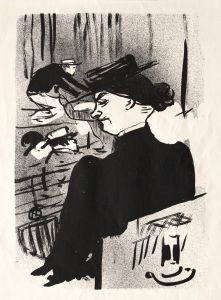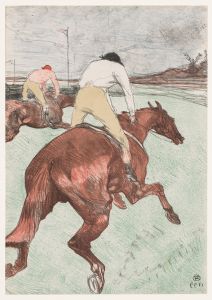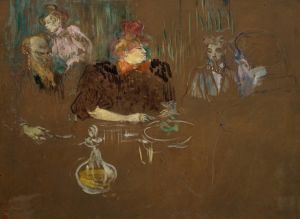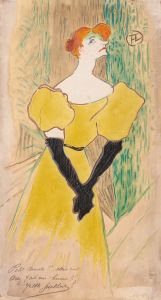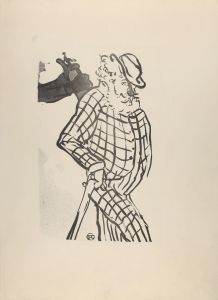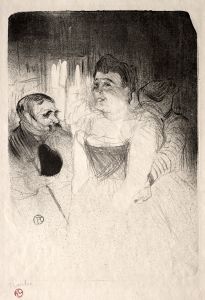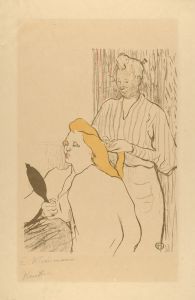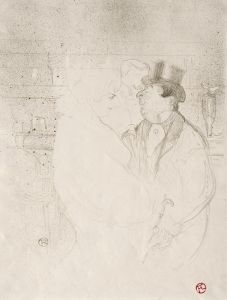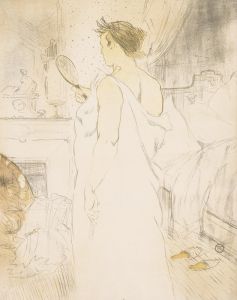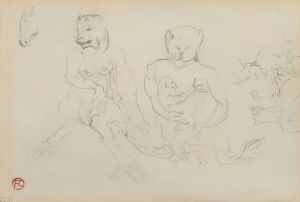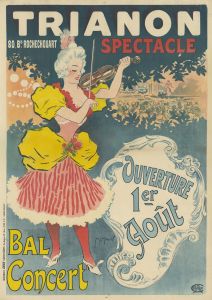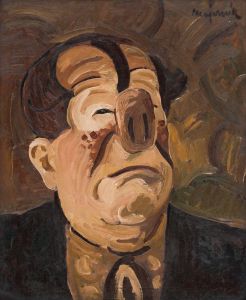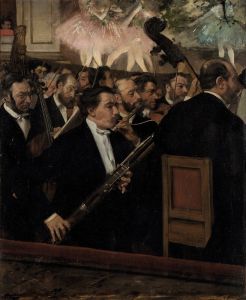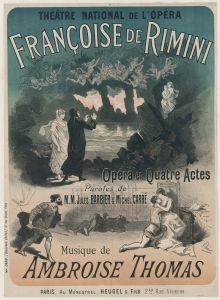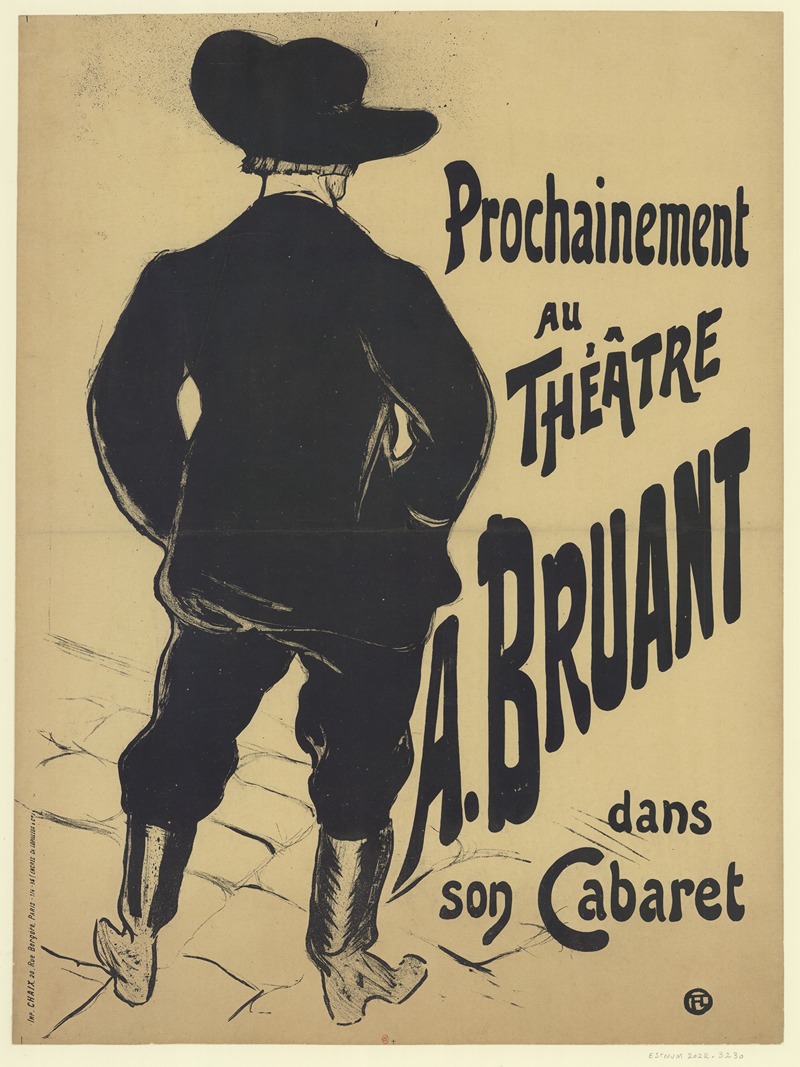
Bruant au Mirliton. Prochainement au théâtre, A. Bruant dans son Cabaret
A hand-painted replica of Henri de Toulouse-Lautrec’s masterpiece Bruant au Mirliton. Prochainement au théâtre, A. Bruant dans son Cabaret, meticulously crafted by professional artists to capture the true essence of the original. Each piece is created with museum-quality canvas and rare mineral pigments, carefully painted by experienced artists with delicate brushstrokes and rich, layered colors to perfectly recreate the texture of the original artwork. Unlike machine-printed reproductions, this hand-painted version brings the painting to life, infused with the artist’s emotions and skill in every stroke. Whether for personal collection or home decoration, it instantly elevates the artistic atmosphere of any space.
Henri de Toulouse-Lautrec's Bruant au Mirliton. Prochainement au théâtre, A. Bruant dans son Cabaret is a poster created in 1893 to promote the performances of Aristide Bruant, a well-known French cabaret singer, songwriter, and entertainer. Toulouse-Lautrec, a prominent Post-Impressionist artist, was renowned for his innovative and striking poster designs, which played a significant role in the development of modern advertising and graphic design.
The poster features Aristide Bruant in his signature attire: a wide-brimmed hat, a red scarf, and a black cape. This distinctive outfit became a visual trademark for Bruant and was often depicted in promotional materials. The bold, simplified forms and vibrant colors used by Toulouse-Lautrec in this work exemplify his mastery of lithographic techniques and his ability to capture the essence of his subjects with minimal detail. The composition is dominated by Bruant's imposing figure, which conveys his larger-than-life stage presence and charismatic persona.
Aristide Bruant was a central figure in the bohemian culture of late 19th-century Paris, particularly in the Montmartre district, where he owned and performed at the cabaret Le Mirliton. His performances often included satirical songs and sharp commentary on social issues, which resonated with the working-class audiences of the time. Toulouse-Lautrec, who was a frequent visitor to Montmartre's cabarets and a friend of Bruant, created several posters and artworks featuring the entertainer.
This particular poster was designed to advertise Bruant's upcoming performances at a theater, as indicated by the text "Prochainement au théâtre" ("Soon at the theater"). The collaboration between Toulouse-Lautrec and Bruant was mutually beneficial, as the artist's posters helped to solidify Bruant's public image while also showcasing Toulouse-Lautrec's innovative approach to commercial art.
The poster is an example of Toulouse-Lautrec's ability to blend fine art with commercial design, elevating the status of advertising posters to a respected art form. Today, this work is celebrated as a classic example of Toulouse-Lautrec's contribution to the art of the poster and his role in capturing the vibrant cultural life of Paris during the Belle Époque. The original lithograph is held in various museum collections and remains a significant piece of art history.





